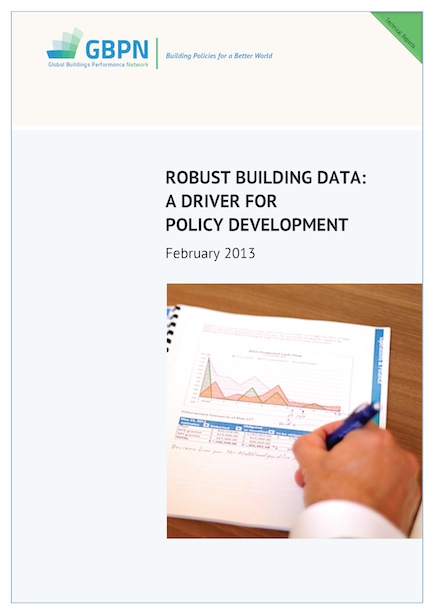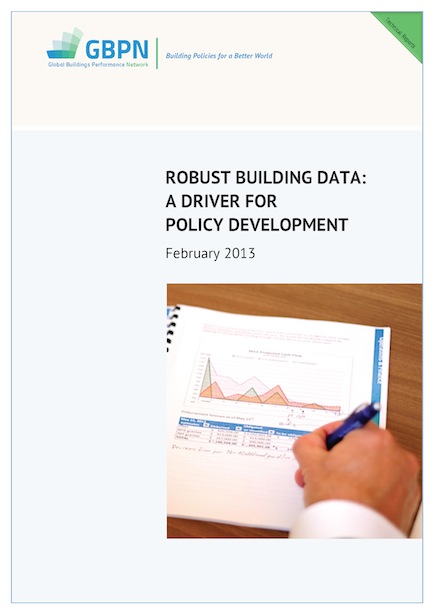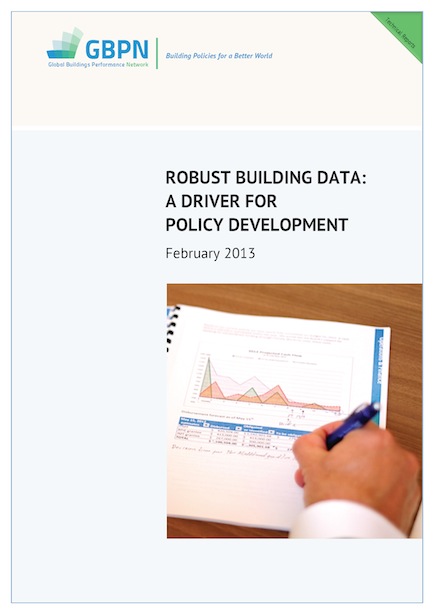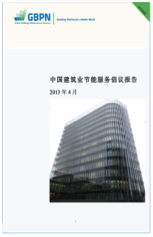印度建筑的减排潜力
 可靠证据表明,至2050年印度建筑领域会产生巨幅能源增长,基于此估测,本报告分析了印度目前建筑节能减排的政策框架及其节能潜力。
可靠证据表明,至2050年印度建筑领域会产生巨幅能源增长,基于此估测,本报告分析了印度目前建筑节能减排的政策框架及其节能潜力。
16 result(s) found
 可靠证据表明,至2050年印度建筑领域会产生巨幅能源增长,基于此估测,本报告分析了印度目前建筑节能减排的政策框架及其节能潜力。
可靠证据表明,至2050年印度建筑领域会产生巨幅能源增长,基于此估测,本报告分析了印度目前建筑节能减排的政策框架及其节能潜力。
 本报告就四个地区数据质量和数据的可利用性问题进行了分析,同时也提醒了我们需要完成多少工作才能建成一个强大而全面的建筑数据库,并提出了实现这个数据库的可行性建议。
本报告就四个地区数据质量和数据的可利用性问题进行了分析,同时也提醒了我们需要完成多少工作才能建成一个强大而全面的建筑数据库,并提出了实现这个数据库的可行性建议。
 本报告就四个地区数据质量和数据的可利用性问题进行了分析,同时也提醒了我们需要完成多少工作才能建成一个强大而全面的建筑数据库,并提出了实现这个数据库的可行性建议。
本报告就四个地区数据质量和数据的可利用性问题进行了分析,同时也提醒了我们需要完成多少工作才能建成一个强大而全面的建筑数据库,并提出了实现这个数据库的可行性建议。
 Data Annex
Data Annex
Discover where things stand regarding building energy data quality and availability in our four regions, this report reminds us of how far we have to go before a robust and comprehensive set of building data is in place and provides some recommendations of how we can get there.
 The Economist Intelligence Unit (EIU) report "Achieving scale in energy-efficient buildings in India: A view from the construction and real estate sectors" commissioned by the GBPN explains the challenges and opportunities of investing in energy efficiency in buildings in India.
The Economist Intelligence Unit (EIU) report "Achieving scale in energy-efficient buildings in India: A view from the construction and real estate sectors" commissioned by the GBPN explains the challenges and opportunities of investing in energy efficiency in buildings in India.
 A report from the Economist Intelligence Unit (EIU), commissioned by the GBPN finds that while India’s commercial building sector has blazed the energy-effiency trail in the building sector, achieving significant scale will depend on efficiency measures becoming standard practice in the commercial middle market, retrofit and, particularly, the residential building segment.
A report from the Economist Intelligence Unit (EIU), commissioned by the GBPN finds that while India’s commercial building sector has blazed the energy-effiency trail in the building sector, achieving significant scale will depend on efficiency measures becoming standard practice in the commercial middle market, retrofit and, particularly, the residential building segment.
 Executive Summary
Executive Summary
GBPN conducted a study on the factors affecting the use of ESCO models for the retrofit of existing buildings in China, identifying current barriers to the development of the Chinese ESCO market, while also researching best-practice examples of ESCOs globally and investigating the feasibility of introducing those examples to China.
Background
The built and natural environment and health are inextricably linked. However, there is considerable debate surrounding the strength and quality of the evidence base underpinning principles of good practice for built and natural environment design in promoting health. This umbrella review aimed to assess relationships between the built and natural environment and health, concentrating on five topic areas: neighbourhood design, housing, food environment, natural and sustainable environment, and transport.
This paper reviews empirical data from evaluations of the influence of residential energy efficiency retrofits on indoor environmental quality conditions and self-reported thermal comfort and health. Data were extracted from 36 studies described in 44 papers plus two reports. Nearly all reviewed studies were performed in Europe or United States. Most studies evaluated retrofits of homes with low-income occupants. Indoor radon and formaldehyde concentrations tended to increase after retrofits that did not add whole-house mechanical ventilation.
This paper provides a review of research that addresses the relationship between indoor temperatures and health outcomes, taking into consideration studies that focus heat or cold exposure within the household context. It aims to extend previous research by considering both indoor temperatures from existing housing, and empirical studies that focus on energy efficiency measures and subsequent health impacts. To achieve this aim, a literature review was undertaken, combining engineering and health databases.
We systematically review the impact of polyurethane insulation and polyurethane household products on the indoor environmental quality of buildings. The review breaks down polyurethane products into constituent compounds (isocyanate, polyol, flame retardant, blowing agent and catalyst) as well as secondary emissions, and discusses their implications on human health. Concentrations of compounds emitted from insulation, and household materials, measured in laboratory experiments and case studies are presented in the context of the built environment.
Background: The transformation of the global energy sector from fossil-based fuels to low/non-carbon fuels will reduce environmental pollutant load, which in turn will benefit human health. However, with upscaling of emerging renewable technologies and energy sources, it is important to identify the potential for unintended health impacts, and to understand where the knowledge gaps lie with respect to health. We aimed to identify these gaps by conducting a scoping review. Methods: We conducted a systematic search of Medline, Web of Science, PubMed and EMBASE.
The building sector is not on track to lower total greenhouse gas emissions. Given that emissions from the sector represent nearly 40% of global energy-and process-related emissions, this represents a serious challenge to keeping global warming to 1.5oC. The Buildings sector must therefore decarbonize.To support this goal, this report focuses on policy drivers for decarbonisation, and the costs and benefits associated with their implementation.